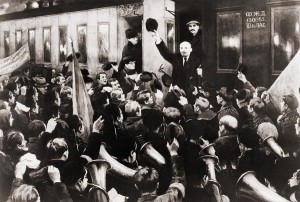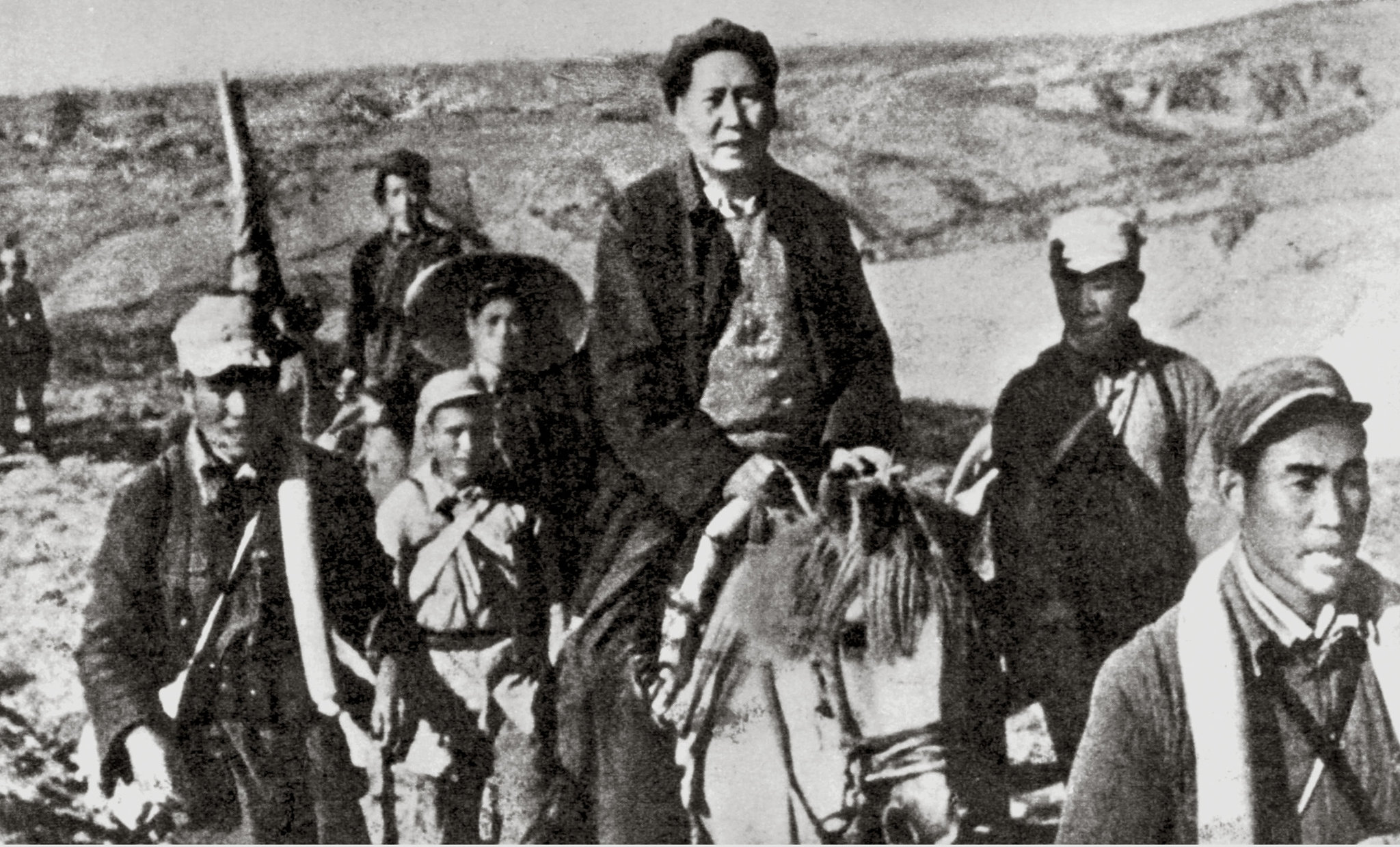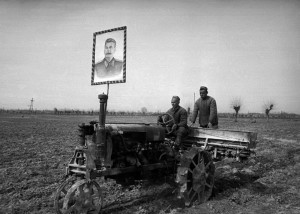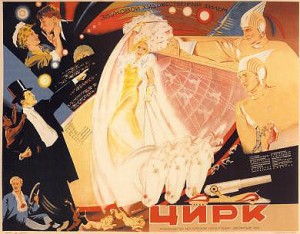The communist dream came to fruition in the 20th century. Yet the revolutions that brought its enthusiasts to power did not take place under the circumstances that Marx and Engels predicted. If Marx and Engels were wrong, how to we account for the fact that so many people were entranced by this dream, indeed, ecstatic to see it come to there countries?
Leninism: Part I
Discussion: With V. I. Lenin’s help, Marxism becomes a party in revolutionary Russia. We will discuss his challenging, foundational document about the communist party,“What is to be Done?” Lenin wrote his essay for his times (1902). Thus he mentions lots of parties. It’s enough for you to focus on two of them, the so-called “economists” and the Social Democrats; as you can see in Brown’s book, there are different kinds of Social Democrats.
How is Lenin’s image of revolution different from the one you find in the Communist Manifesto? Or the same? Why might you have found Lenin’s argument appealing in turn-of-the-century Russia?  As you read Lenin, I would also you to refer back to our readings from another founder, the Apostle Paul. Paul founded a revolutionary church. Lenin founded a revolutionary party. There are some issues that we have not yet covered in Paul’s letters which will be relevant to this discussion.
As you read Lenin, I would also you to refer back to our readings from another founder, the Apostle Paul. Paul founded a revolutionary church. Lenin founded a revolutionary party. There are some issues that we have not yet covered in Paul’s letters which will be relevant to this discussion.
- Selections from V. I. Lenin, What is to be Done (1902): PRINT AND READ
- Archie Brown, The Rise and Fall of Communism READ: Chapter 2
- Selections from the Apostle Paul: RE-READ
- Benjamin Ginsberg, “Why violence works”: PRINT AND READ
- “What makes the Marine Corps Special?” READ

Discussion: Lenin goes beyond the world of fighting for power to imagine a communist future. State and Revolution represents a provocative contrast with What is to be Done? In 1917, Lenin was trying to prepare his followers psychologically for the next stage of the revolution. As you read these excerpts, ask yourself about Lenin’s images of politics after the revolution: one corresponds to the overthrow of the old state machinery and its replacement with a new form of state organization (“socialism”); the other is the final stage of human history (“communism”). Both periods show up in The Communist Manifesto, but in much more ambiguous ways. How does one go from the first period to the second?
- Selections from V. I. Lenin, The State and Revolution: PRINT AND READ
- Archie Brown, Rise and Fall, Chapter 3
- What is the Paris Commune (to which Lenin refers)? READ
- “Libertarianism” READ AND PRINT
9. Wednesday, February 10
Discussion: Great Writing, Persuasive Criticism
I love George Orwell. Thus, I assign his writings, especially the two below, again and again. More than 6 decades after his death, Orwell continues to provide us with fresh insight into the study politics . He also teaches us a lot about great writing. His works are deceptively easy to read, but most people cannot write with the fluid style that he exemplifies. Still, I want you to try to emulate his example.
Readings from George Orwell:
- “Why I write” PRINT AND READ“
- “Politics and the English Language” PRINT AND READ
- Guy Deutscher, “Does your language shape how you think?” READ AND PRINT
- George Orwell: Facsimile (handout)
- Mystery Facsimile (handout)
11. Monday, February 15
Stalin, the Formation of the Soviet Union, and the Declaration of Socialism: Part I
“I congratulate the Magnitogorsk workers and executive staff on their first important victory. Forward, comrades, to new victories!” J. Stalin (Pravda, May 19, 1931)
In this section, we discuss the views of an American participant in Stalin’s “heroic” construction of socialism. It is possible to view this period as a second Russian Revolution.
- John Scott, Behind the Urals: READ (read the introduction by Stephen Kotkin and at least parts 1-5; you will need to finish the book by Wednesday)
- Video on “USSR Industrialization”: WATCH (19 mins.). This video focuses on Magnitogorsk and includes commentary from John Scott
- Archie Brown, Rise and Fall, Chapter 4: READ
–FIRST ESSAY ASSIGNMENT: Your essay question is HERE
12. Wednesday, February 17
Stalin, the Formation of the Soviet Union, and the Realization of Socialism: Part II
13. Monday, February 22
We begin to sense from Scott’s account that something is going wrong the ideal image of building Soviet socialism. What are the symptoms of this dysfunction and why are they occurring?
- Josef Stalin, “The Tasks of Business Executives” (February 1931): PRINT AND READ
- John Scott, Behind the Urals: READ Finish the book and don’t forget the very important appendix including his diary notes; something is very strange here.
Discussion: We consider the similarities and differences between Marx’s image of the march toward communism and that of Mao Zedong. Look closely at the two authors’ rhetorical style. What different features of revolutionary activity do they emphasize? Which ones are less prominent? Under what conditions would you support them?
- Mao Zedong, “Report on the Investigation of the Peasant Movement in Hunan”: PRINT AND READ
- Mao Zedong, “A Single Spark can start a Prairie Fire”: PRINT AND READ
- Watch the first 10 minutes of this video to get a general sense for the period we are discussing: WATCH
-

Mao Zedong on the Long March

